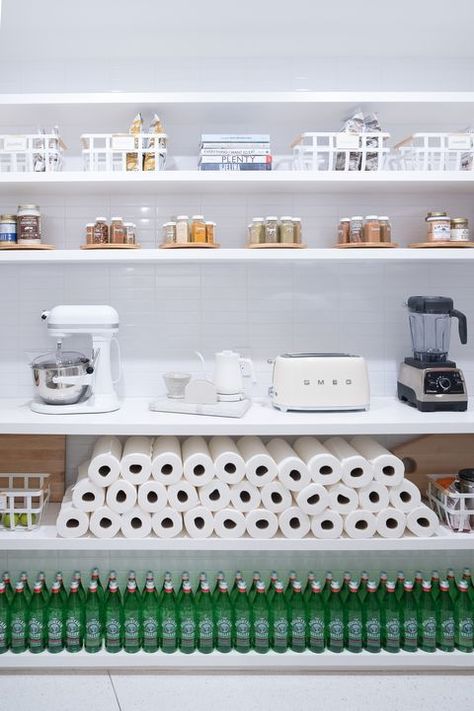

Joy at Work now pushes readers to grapple with the boredom, ennui, and depression they feel about their jobs. In Kondo’s first book, then, hyper-organization worked as the inverse to “hoarding” or other forms of material deviance, promising to restore social and moral - as well as physical - order to the home. Meanwhile, as Scott Herring notes, “hoarding” (a disorder only officially recognized in 2013, a year before the US publication of The Life-Changing Magic of Tidying Up) is so startling because, as it imagines new and transgressive object relationships, it disrupts ideals of heteronormative family life. Anthropologist Mary Douglas famously asserted that dirt was just “matter out of place,” arguing that the panic that we feel about material excess is really just a thinly veiled panic about social deviance.

Throughout, she also reassures us that achieving Pinterest-style minimalism will, in fact, bring the domestic bliss we hope for. Kondo relieves this tension by giving us permission to discard the material purchases we’ve grown bored of and purchase more beautiful objects to take their place.

Americans have more access to stuff but also experience increased pressure to live up to clutter-free perfection. At the same time, representations of domestic ideals - from Instagram to HGTV - are unavoidable. Mass-produced goods are cheaper and access to credit more available. The Life-Changing Magic of Tidying Up taps into contemporary anxieties about consumption and pathologizations of clutter. Kondo’s popularity might, at least partially, be attributed to the longstanding concerns her books and methods promise to resolve. In Joy at Work, she carries her mission to the workplace, encouraging readers to “restore order” to their careers and, in turn, their lives.
#Tidy up los angeles series#
Readers were encouraged to systematically tidy their homes by categorizing objects, creating giant piles, thanking the objects for serving them, and discarding anything that didn’t “spark joy.” The process, Kondo promised, had the power to create long-lasting domestic order and, simultaneously, “change your life forever.” Over the next six years, Kondo expanded her empire as she set out to “organize the world.” She offers virtual classes for becoming a “Certified KonMari Consultant” ($2,000), created and starred in her own Netflix reality series Tidying Up with Marie Kondo, and, ironically, developed an online store where you can purchase things like “Joyful Accessories” for the office or a “Handmade Wooden Tool Box for Decluttering, Tidying and Organizing” ($90). Marie Kondo (along with her trademarked “KonMari” method of cleaning) became a household name in 2014 with the unlikely New York Times best seller The Life-Changing Magic of Tidying Up: The Japanese Art of Decluttering and Organizing. But, as Kondo is quick to point out, it isn’t just Aki that suffers as a result of her disorderly desk: “Clutter is bad for business, too.” “Sitting at that messy desk was totally depressing,” she told organizing expert, author, and reality television star Marie Kondo. By the end of the workday, Aki is exhausted. She wants to clean her desk, but keeps putting it off. Aki’s workday is chaotic: she frantically searches for pens and folders, she rushes to meetings, she reprints documents that were lost in her piles of paper, she loses her glasses. JOY AT WORK OPENS with the story of Aki, an office worker in a real-estate agency with a small but messy desk.


 0 kommentar(er)
0 kommentar(er)
